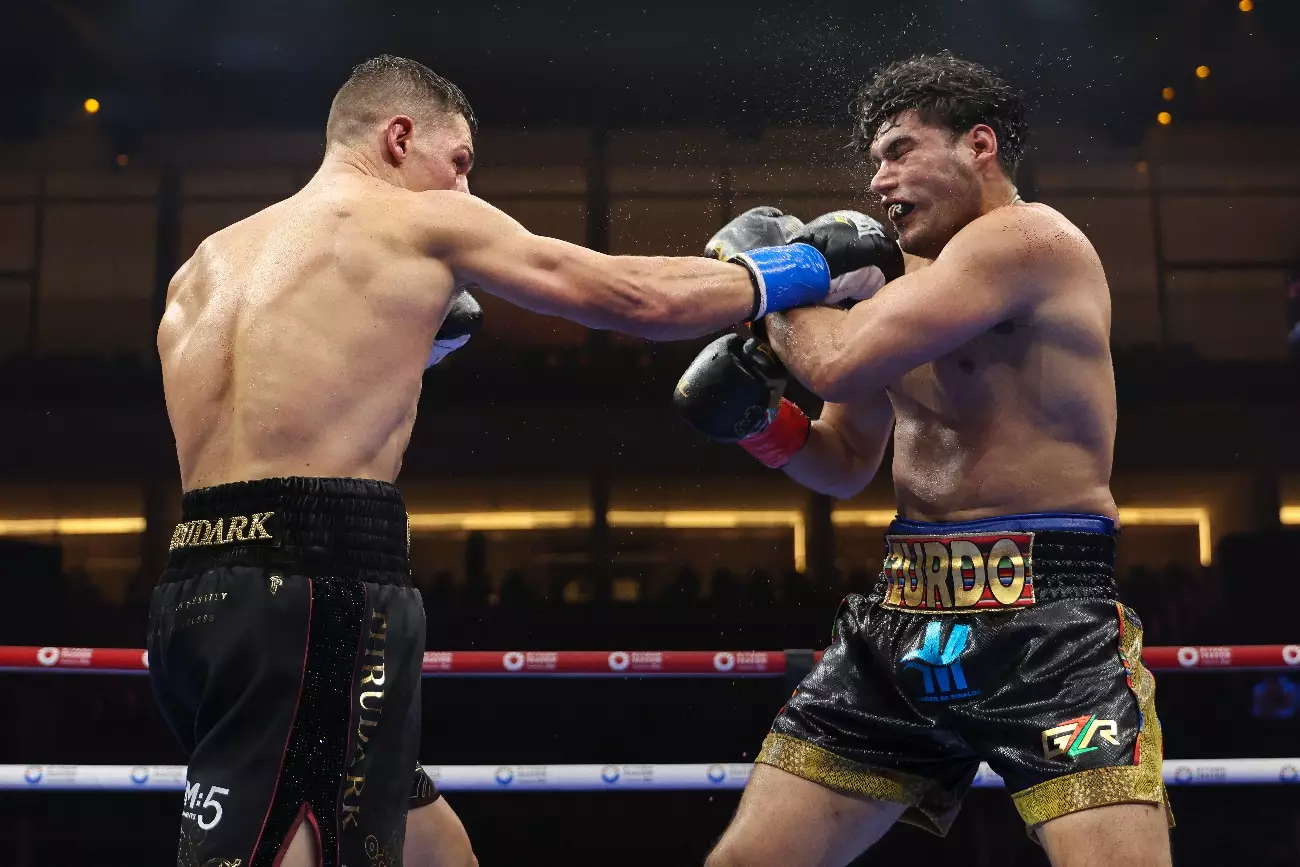The world of professional boxing is perpetually in motion, with emerging champions redefining standards and reinvigorating divisional rivalries. One such event transpired recently in Riyadh, Saudi Arabia, where Gilberto ‘Zurdo’ Ramirez showcased his skills in a hard-fought battle against Chris Billiam-Smith. The outcome of this 12-round match not only marked Ramirez’s claim to the WBA cruiserweight championship but also illuminated the structural dynamics within the cruiserweight and lightweight categories.
In this bout, Ramirez demonstrated a high-volume fighting style characterized by exceptional mobility and a relentless offensive approach. At 33 years of age, his experience and well-honed strategies became glaringly apparent against the more stationary challenge of Billiam-Smith. The WBO champion, who holds a respectable record, found himself on the defensive too often, unable to keep pace with Ramirez’s dynamic movement and rapid-fire jabs.
A pivotal moment occurred in the fourth round when Billiam-Smith suffered a cut, which some believed could have been a direct result of a well-timed punch from Ramirez. However, the officiating ruled it as stemming from a head clash. This incident ultimately impacted Billiam-Smith’s confidence and performance throughout the fight. This bout exemplified the importance of adaptability in the ring; while Billiam-Smith displayed heart and some effective counters, he could not overcome the strategic prowess that Ramirez had cultivated over his career.
The fight concluded with the judges awarding Ramirez a unanimous decision—scores of 116-112, 116-112, and 116-113 echoed the consensus that he had the upper hand throughout the contest. The decision underscored not only Ramirez’s skill but also raised questions about Billiam-Smith’s ability to adapt to a fighter who constantly switched angles and kept him guessing. Ramirez’s display was one of calculated aggression, supplemented by exceptional footwork that left Billiam-Smith constantly on the back foot.
After the match, Ramirez’s ambitions were centered on capturing additional titles, specifically targeting IBF champion Jai Opetaia for a future bout. However, the path to this dream is often riddled with promotional politics and necessary negotiations. Competing against other champions like WBC titleholder Noel Mikaelyan presents a tantalizing opportunity for unification and could set the stage for an undisputed champion if Ramirez secures a victory.
Meanwhile, the lightweight division saw its own drama unfold with William Zepeda facing Tevin Farmer in a duel filled with tension and unexpected developments. Zepeda, despite entering the ring undefeated, encountered a significant challenge in Farmer, who managed to land a surprising left-hand knockdown in the fourth round. Although this moment added a layer of flair to the fight, it was an isolated highlight in an otherwise dominant performance by Zepeda.
The split decision—95-94, 95-94 for Zepeda, and the final score of 95-94 for Farmer—resulted in skepticism over the judges’ ability to fairly assess the fight. Zepeda’s ability to keep a high work rate and maintain control of the fight indicated his prowess and future potential, particularly with an upcoming bout against WBC lightweight champion Shakur Stevenson on the horizon. Questions about Farmer’s capacity to take punches and continue effectively in a high-output contest were brought to light during this match, showcasing a potential vulnerability in his fighting style.
Adding to the evening’s narrative was the bout between former unified light welterweight champion José Ramirez and unbeaten Arnold Barboza Jr. Ramirez’s unanimous decision loss further highlighted the shifting fortunes in boxing. Where once he ruled the ring, his age and possibly the wear of years of hard punches were evident against a younger, more agile Barboza, who executed a decisive game plan that kept him one step ahead.
The implications of these fights resonate not just for the fighters involved but throughout their respective divisions. As champions like Ramirez and rising stars like Zepeda vie for supremacy, the competitive landscape continues its evolution, redefining what it means to be at the pinnacle of the sport. Future clashes, marked by high stakes and brewing rivalries, are likely to produce even more explosive outcomes in the coming months. As the dust settles from these fights, fans eagerly await the changes and challenges that lie ahead.


Leave a Reply